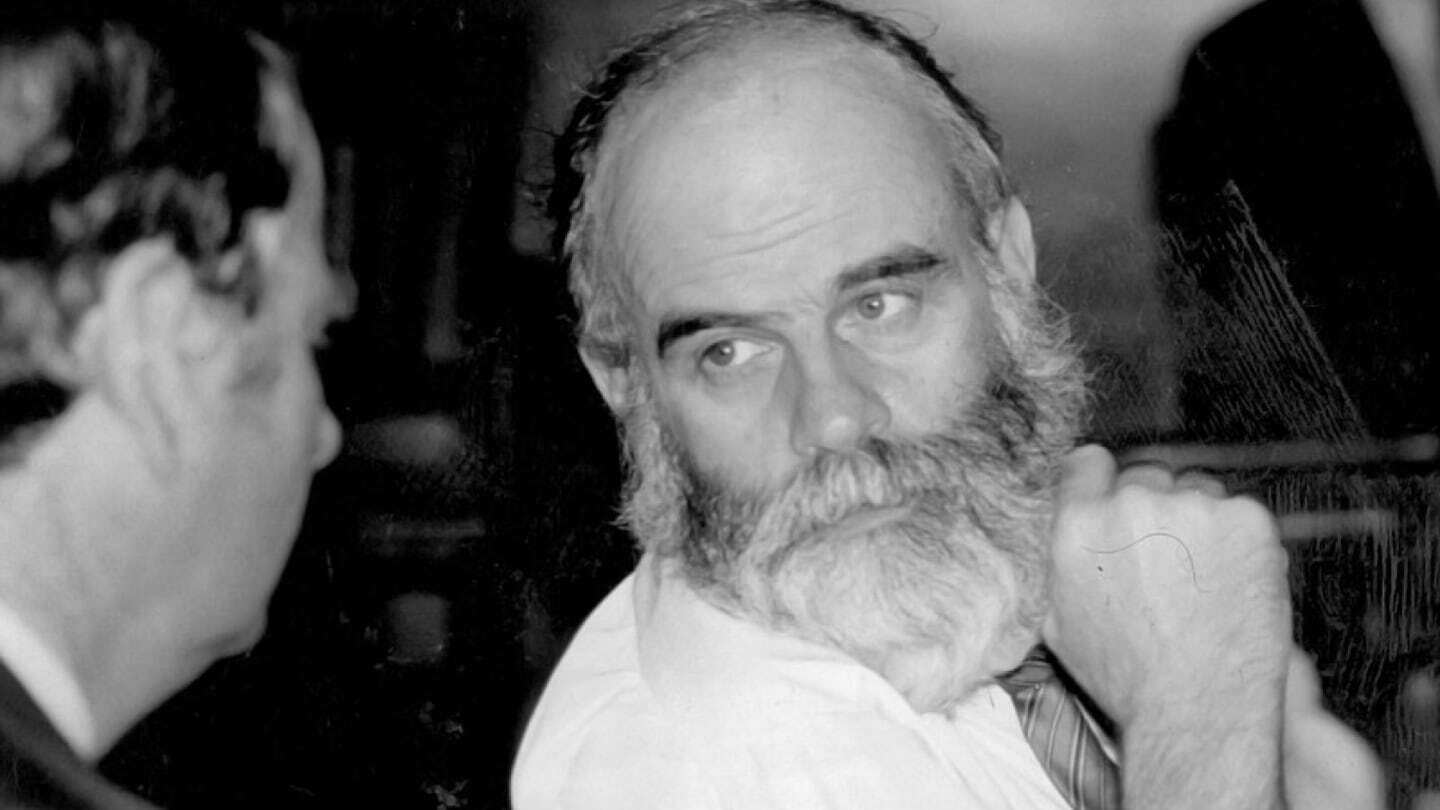
Who was Ronald Gene Simmons? Ronald Gene Simmons was a name that sent chills down the spines of many. Known for committing one of the deadliest family massacres in American history, Simmons' actions left an indelible mark. Born in 1940, he served in the U.S. Air Force and Navy before his life took a dark turn. Over a span of a week in December 1987, he murdered 16 members of his family and two others in Arkansas. His crimes shocked the nation, leading to his swift conviction and eventual execution in 1990. Why did he do it? The motives behind his heinous acts remain a subject of speculation, but his story is a grim reminder of the potential for darkness within.
Key Takeaways:
- Ronald Gene Simmons, a former military man, committed one of the deadliest mass murders in U.S. history, leaving a lasting scar on the communities of Dover and Russellville, Arkansas.
- Simmons' controlling behavior, isolation of his family, and narcissistic personality disorder shed light on the importance of recognizing red flags and intervening to prevent such tragedies.
Ronald Gene Simmons: A Name That Shook America
Ronald Gene Simmons is a name that resonates with infamy. Known for one of the deadliest mass murders in U.S. history, his story is both chilling and complex. Here are some startling facts about his life and crimes.
-
Born on July 15, 1940, in Chicago, Illinois, Simmons had a troubled childhood marked by instability and loss.
-
His father died when Simmons was just three years old, leading to a tumultuous upbringing.
-
Simmons joined the U.S. Navy in 1957, beginning a career in the military that would span nearly two decades.
-
He later transferred to the U.S. Air Force, where he served until 1979.
-
During his military career, Simmons received a Bronze Star and the Republic of Vietnam Gallantry Cross for his service in the Vietnam War.
The Move to Arkansas
After leaving the military, Simmons moved his family to Arkansas, where his life took a dark turn.
-
In 1981, Simmons relocated to a remote area near Dover, Arkansas, with his wife and seven children.
-
The family lived in near isolation, with Simmons constructing a makeshift compound out of scrap materials.
-
He forbade his children from having friends or socializing outside the family, creating a highly controlled environment.
-
Neighbors described Simmons as reclusive and controlling, rarely allowing anyone onto their property.
-
Financial troubles plagued the family, with Simmons struggling to find steady employment.
The Horrific Crimes
The events that unfolded in December 1987 shocked the nation and left an indelible mark on American history.
-
On December 22, 1987, Simmons began his killing spree by murdering his wife, Rebecca, and their son, Gene Jr.
-
He then killed his three-year-old granddaughter, Barbara, by strangling her.
-
Over the next few days, Simmons methodically murdered his other children and grandchildren as they arrived at the family home for Christmas.
-
In total, he killed 14 members of his own family, including his daughter Sheila and her husband, Dennis McNulty.
-
Simmons also murdered his grandson, Michael, and his granddaughter, Sylvia, who was Sheila's child from an incestuous relationship with Simmons.
The Public Murders
Simmons didn't stop with his family; he extended his killing spree to the public.
-
On December 28, 1987, Simmons drove to Russellville, Arkansas, where he targeted former co-workers and acquaintances.
-
He entered a law office and killed receptionist Kathy Kendrick, who had previously rejected his romantic advances.
-
Simmons then went to an oil company office and shot dead J.D. Chaffin, while wounding the owner, Rusty Taylor.
-
He continued to a convenience store, where he shot and wounded two more people.
-
His final stop was at the Woodline Motor Freight company, where he killed Joyce Butts and wounded another woman.
The Arrest and Trial
Simmons' capture and trial were swift, but his actions left a lasting impact.
-
After his killing spree, Simmons calmly waited for police to arrive and surrendered without resistance.
-
He was charged with 16 counts of murder, making it one of the deadliest family massacres in U.S. history.
-
During his trial, Simmons showed no remorse for his actions, maintaining a stoic demeanor throughout.
-
He was found guilty on all counts and sentenced to death.
-
Simmons waived his right to appeal, stating that he wanted to be executed as soon as possible.
Execution and Legacy
The end of Simmons' life did little to erase the horror of his crimes.
-
On June 25, 1990, Simmons was executed by lethal injection at the Arkansas State Penitentiary.
-
His execution was the quickest in modern U.S. history from sentencing to execution, taking just 19 months.
-
Simmons' case led to changes in Arkansas' death penalty laws, expediting the appeals process for death row inmates.
-
The massacre left a lasting scar on the Dover and Russellville communities, with many still haunted by the events.
-
Simmons' story has been the subject of numerous books, documentaries, and true crime shows.
Psychological Profile
Understanding what drove Simmons to commit such heinous acts remains a topic of interest for psychologists and criminologists.
-
Experts believe Simmons exhibited traits of narcissistic personality disorder, characterized by a lack of empathy and an inflated sense of self-importance.
-
His controlling behavior and isolation of his family suggest a deep-seated need for power and dominance.
-
The incestuous relationship with his daughter Sheila points to severe psychological disturbances and a complete disregard for societal norms.
-
Simmons' military background and experiences in Vietnam may have contributed to his violent tendencies, though this is speculative.
-
Despite numerous red flags, Simmons' actions went largely unnoticed until it was too late, highlighting the importance of vigilance and intervention in preventing such tragedies.
Final Thoughts on Ronald Gene Simmons
Ronald Gene Simmons remains one of the most chilling figures in criminal history. His actions shocked a nation and left a lasting impact on how we view family dynamics and mental health. Understanding his background, motives, and the tragic events that unfolded provides a grim reminder of the complexities of human behavior. While his story is unsettling, it also underscores the importance of vigilance and support systems in preventing such tragedies. By learning from these dark chapters, society can strive to create a safer, more compassionate environment. The legacy of Simmons serves as a cautionary tale, urging us to pay attention to warning signs and offer help to those in need. His story, though grim, is a crucial part of understanding the darker aspects of human nature.
Frequently Asked Questions
Was this page helpful?
Our commitment to delivering trustworthy and engaging content is at the heart of what we do. Each fact on our site is contributed by real users like you, bringing a wealth of diverse insights and information. To ensure the highest standards of accuracy and reliability, our dedicated editors meticulously review each submission. This process guarantees that the facts we share are not only fascinating but also credible. Trust in our commitment to quality and authenticity as you explore and learn with us.


